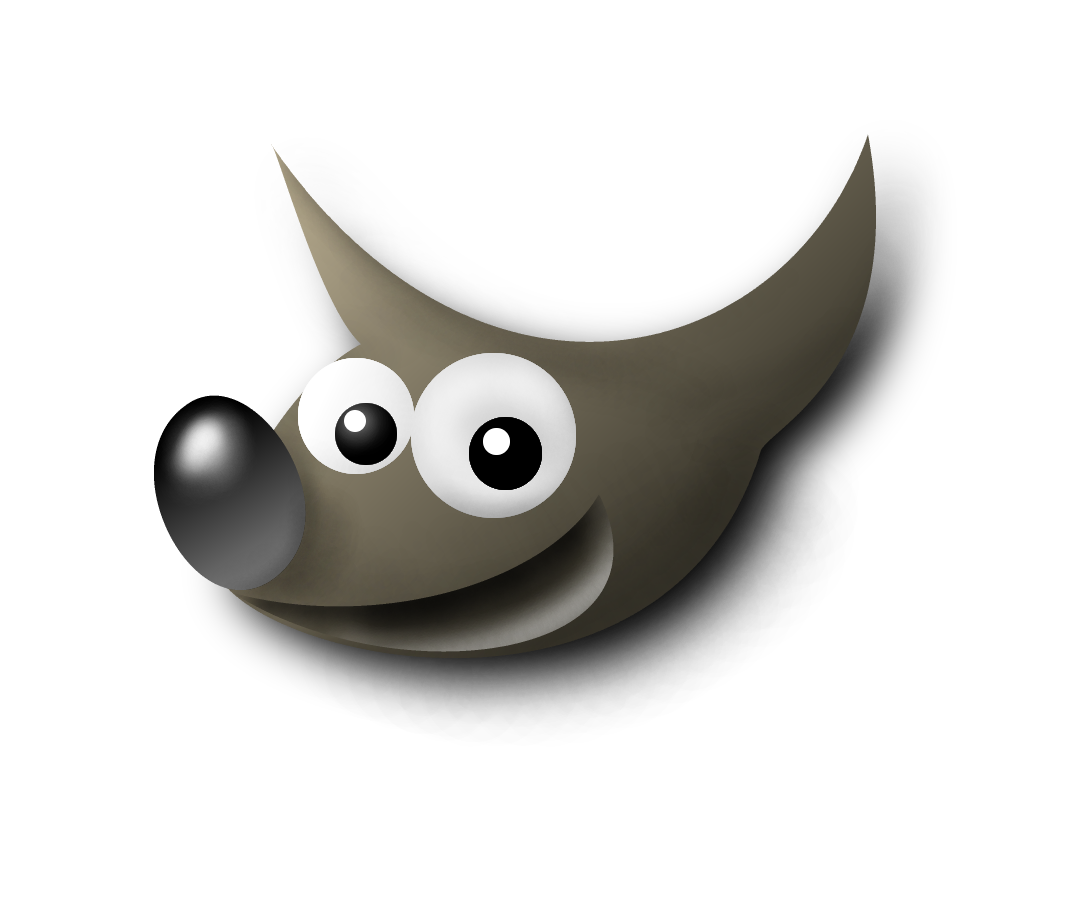

This selection option is best if you want to crop the photo into a square or circular shape. The first selection method is the easiest, but the selection is limited to a square, rectangle, or ellipse shape. Option 1: Using a Basic Square or Circle Selection

Here are 4 of the best ways to create a selection in GIMP to make the background transparent. The method you use to select the areas depends on how complex your photo is, the colors in the image, and what works best for your workflow. Now that you have added an alpha channel to the layer, you can select the areas you want to be removed from the photo to make the background transparent. Select the Areas to Remove Using a Selection Tool There is no obvious indication that the layer has an alpha channel added, except for the option being greyed out. If the option is greyed out, the layer is already set correctly. Then select Add Alpha Channel from the options. To do this, right-click or Control + click on the layer in the Layers panel. To ensure the deleted or masked areas will be transparent, add an alpha channel to the layer. This step is important since GIMP doesn’t automatically set layers to include transparency. Once your photo is open in GIMP, you must ensure the image layer has an alpha channel. For the color-based selection methods, I will demonstrate with this Imagy.app logo that I want to remove the blue background from.įor the more complex selection options, I have opened this Focus photography of grey dog image from Unsplash. To remove the background, you must open the image you want to work on in GIMP. There are also two ways to remove the background, one is destructive, and you can’t retrieve the background later on, while the other is non-destructive and hides the background, so you can bring it back later if needed. You can try out the different selection options to see which works best for your image or graphic. When it comes to removing a background and making it transparent in GIMP, there are a few ways to go about it, and the method you choose depends on how simple or complex the image you are working with is.
Gimp transparent background black how to#
Step-by-Step of How to Remove a Background in GIMP Delete the background or add a layer mask.Select the areas to remove using a selection tool.Overview of How to Make a Background Transparent Delete the Background or Add a Layer Mask.Select the Areas to Remove Using a Selection Tool.Step-by-Step of How to Remove a Background in GIMP.Overview of How to Make a Background Transparent.This will create perfectly seamless PNG textures with GIMP, with no graphical artifacts even when mipmaps are drawn (which is how Unity optimizes distance drawing of textures). Save you PNG file with "save colors from transparent pixels" checked and "save background color" unchecked Return to the layer you eroded, invert selection, then deleteĭelete the bottom layer so there is only one layer (this is very important because otherwise GIMP won't save the transparent pixels properly) Right click the hidden layer and select "alpha to selection" Hide the bottom layer, which should still be the same as the original image with alpha and everything. If any areas of your image are still white, paint them with a neutral tone from your image. On this layer, use the "Generic -> Erode" filter on it numerous times, 10-20 times should do it. Then, on the middle layer, right click on the layer and remove the alpha channel, then add it back in, making sure your background color (in the color picker) is white. Hopefully, this will clear up a bit of confusion for others with creating alpha map textures with GIMP for Unity. I had some issues getting this to work, but I eventually found a solution.


 0 kommentar(er)
0 kommentar(er)
